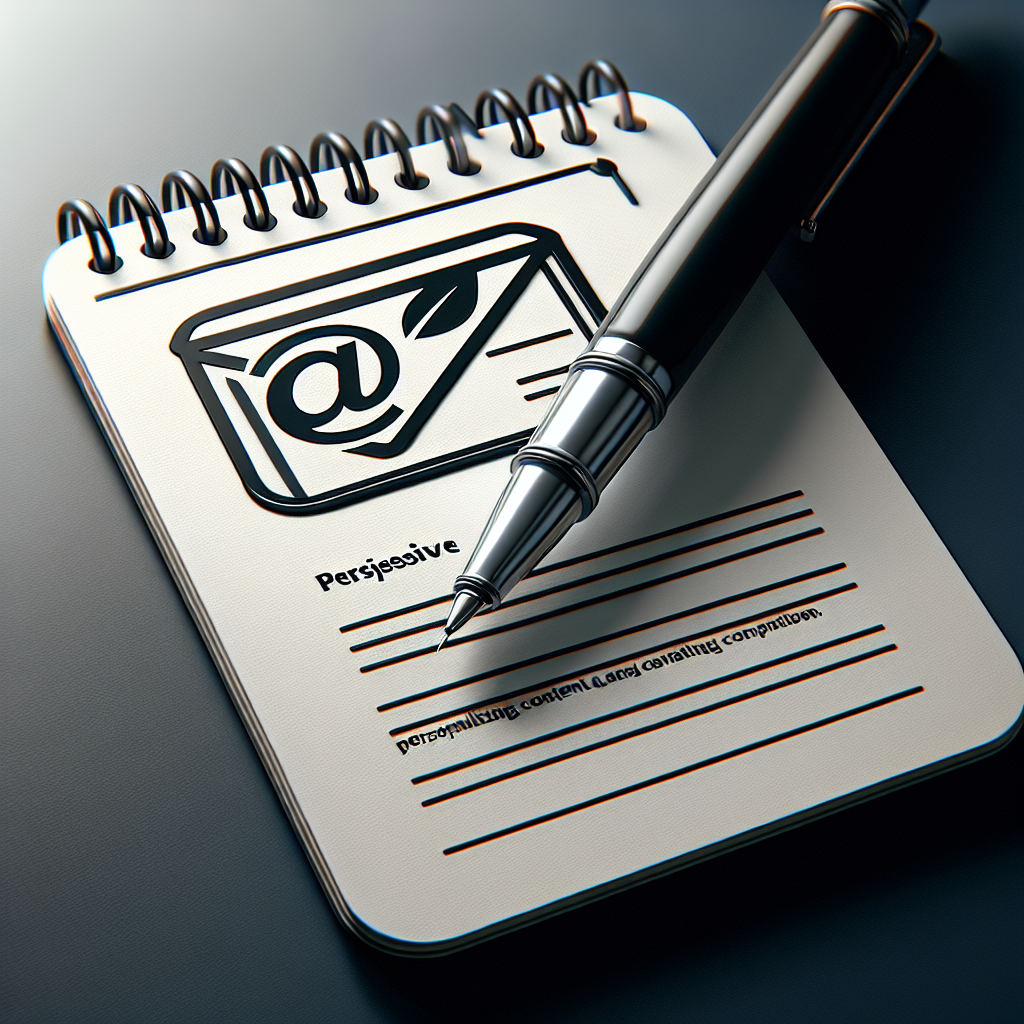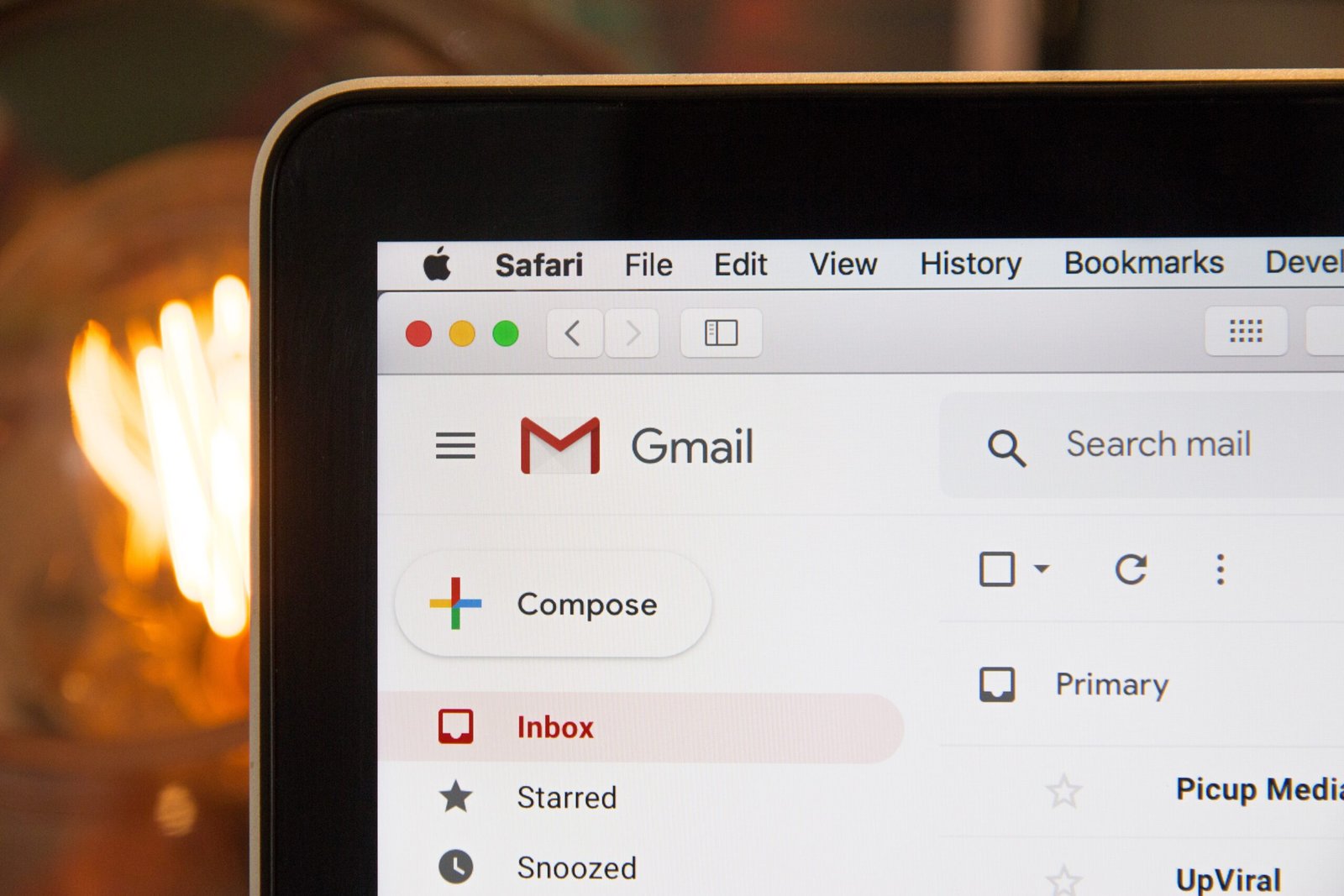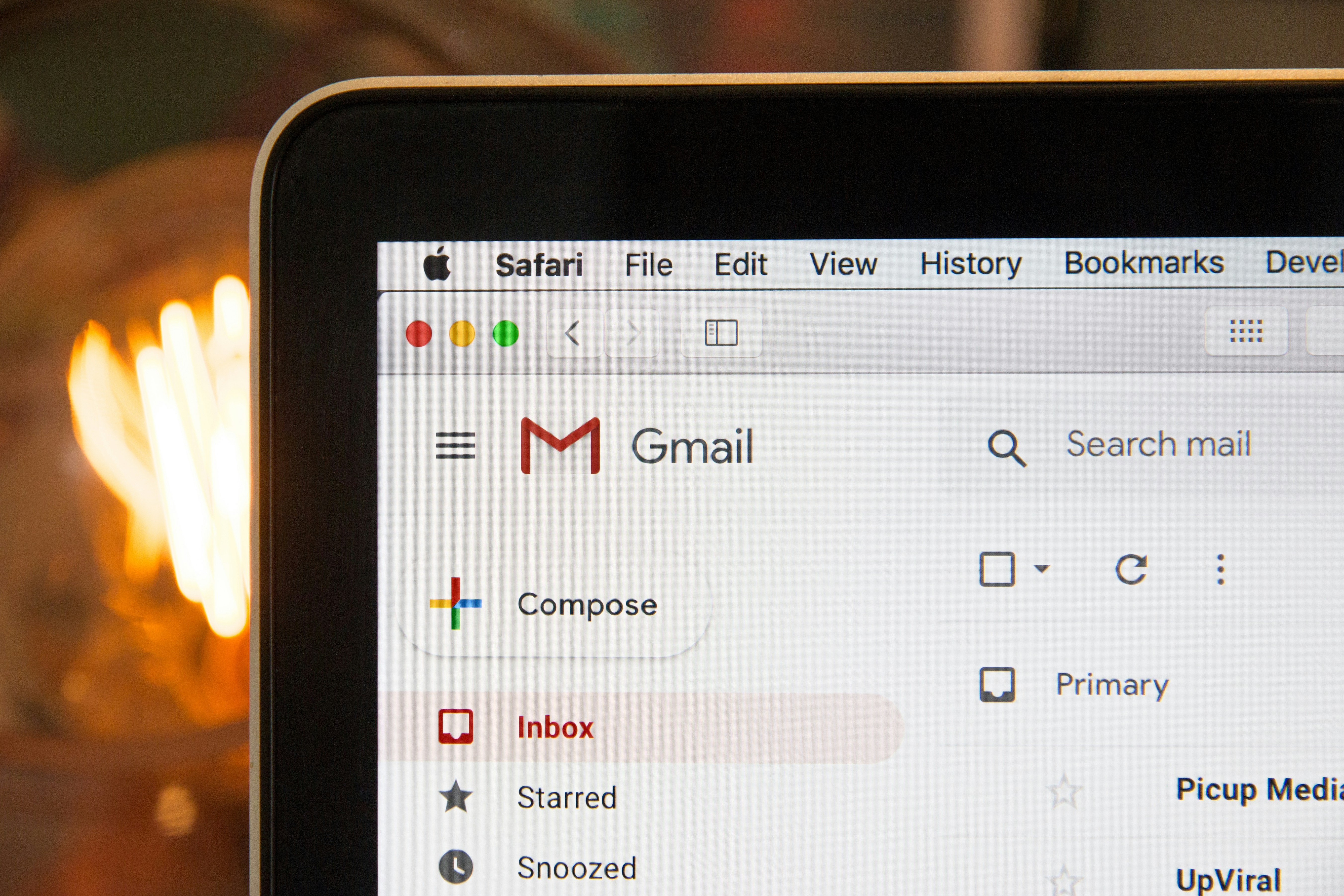If you’re looking to boost your business and engage with your audience, mastering the art of writing compelling and effective email marketing campaigns is essential. From crafting captivating subject lines to creating personalized content, these campaigns have the power to connect with your subscribers and drive conversions. In this article, we will explore some key strategies and tips to help you create captivating email marketing campaigns that will leave a lasting impression on your recipients. So, grab your keyboard and get ready to take your email marketing to the next level!
- Choose the Right Email Marketing Platform
- Define Your Target Audience
- Craft a Strong Subject Line
- Write Engaging and Attention-Grabbing Email Content
- Design and Format Your Emails for Maximum Impact
- Add Personalization and Segmentation
- Optimize the Call-to-Action (CTA)
- Include Social Proof and Testimonials
- Personalize and Automate Email Campaigns
- Measure and Analyze Email Campaign Performance
Choose the Right Email Marketing Platform
When it comes to email marketing, choosing the right platform is essential. With so many options available, it can be overwhelming to know which one is best for your business. That’s why it’s important to research and compare different email marketing platforms before making a decision.
Start by considering your budget and business needs. Determine how much you are willing to spend on an email marketing platform and what features are important to you. Some platforms offer basic email marketing services, while others have more advanced features like automation and segmentation.
Next, evaluate the features and functionality of each platform. Look for things like drag-and-drop editors, customizable templates, and integrations with other tools and software. Make sure the platform has the capabilities you need to execute your email marketing campaigns effectively.
One important feature to look for is responsive email templates. In today’s mobile-centric world, it’s crucial that your emails are optimized for mobile devices. Make sure the platform offers responsive templates that will automatically adjust to fit the screen size of any device. This will ensure that your emails look great and are easy to read on smartphones and tablets.
By doing your research and considering your budget, business needs, and the features and functionality of different platforms, you can choose the right email marketing platform that will meet your needs and help you achieve your marketing goals.
Define Your Target Audience
To create successful email marketing campaigns, it’s important to define and understand your target audience. Your audience consists of the people who are most likely to be interested in your products or services. By identifying and segmenting your audience, you can create targeted, personalized emails that will resonate with your subscribers.
Start by conducting market research to gain a deeper understanding of your target audience. Identify their demographics, such as age, gender, location, and occupation. This information will help you tailor your emails to their specific needs and interests.
Next, understand your audience’s preferences. What are their pain points, challenges, and goals? What motivates them to make a purchase? By understanding what your audience wants and needs, you can create emails that provide value and address their concerns.
Creating buyer personas can also be a helpful exercise. A buyer persona is a fictional character that represents your ideal customer. It includes demographic information, motivations, goals, and challenges. By creating buyer personas, you can better understand and empathize with your audience, allowing you to create more targeted and effective email content.
By defining and understanding your target audience, you can create emails that are tailored to their needs and interests. This will ultimately lead to higher engagement, conversions, and ROI.
Craft a Strong Subject Line
The subject line is the first thing your subscribers see in their inbox, so it’s crucial to make it strong and compelling. A compelling subject line can significantly impact the open rates of your emails and determine whether or not your message gets read.
When crafting your subject line, keep it short and concise. Long and wordy subject lines can be overwhelming and may get cut off on mobile devices. Aim for around 40-50 characters to ensure maximum impact.
Personalization and segmentation are also effective strategies for creating compelling subject lines. Use your subscribers’ first names or segment your audience based on their preferences or behavior. This creates a sense of personalization and relevance, increasing the likelihood that your email will be opened.
Including actionable language in your subject line can also grab your subscribers’ attention. Use words like “exclusive,” “limited time,” or “special offer” to create a sense of urgency and encourage immediate action.
Lastly, it’s important to avoid spammy or clickbait phrases in your subject line. These can make your emails appear untrustworthy and can hurt your deliverability rates. Be honest and transparent in your subject line and deliver on the promises you make.
By crafting strong subject lines that are short, personalized, and compelling, you can increase the open rates of your emails and grab your subscribers’ attention right from the start.
Write Engaging and Attention-Grabbing Email Content
Once you’ve successfully grabbed your subscribers’ attention with a compelling subject line, it’s important to keep them engaged with your email content. Your email content should provide value and be relevant to your subscribers’ needs and interests.
Start your email with a personalized greeting to make your subscribers feel recognized and valued. Use your subscribers’ first names in the greeting to create a sense of personalization and connection.
Provide valuable and relevant content that your subscribers will find useful. This can include tips, advice, industry insights, or exclusive offers. Think about what your audience wants and needs and craft your content accordingly.
Use a conversational tone in your emails to make them more relatable and engaging. Avoid using complex jargon or overly formal language. Instead, write as if you were having a conversation with a friend.
Keep the length of your email concise. Long, wordy emails can be overwhelming and may cause your subscribers to lose interest. Stick to the main point of your email and include only the essential information.
Include clear and compelling call-to-actions in your email. Whether it’s directing subscribers to make a purchase, sign up for an event, or download a resource, make sure your call-to-action is clear and actionable. Use eye-catching buttons or links to make it easy for your subscribers to take the desired action.
By writing engaging and attention-grabbing email content that is personalized, valuable, and concise, you can keep your subscribers interested and increase the likelihood of conversions.

Design and Format Your Emails for Maximum Impact
In addition to well-crafted content, the design and format of your emails also play a crucial role in capturing your subscribers’ attention. A visually appealing and well-structured email can significantly impact click-through rates and overall engagement.
Start by using an eye-catching email template. Many email marketing platforms offer a variety of templates that you can customize to match your brand. Choose a template that reflects the tone and style of your business and provides a visually appealing backdrop for your content.
Ensure that your email is mobile-friendly. With the majority of people checking their emails on their smartphones, it’s important that your email is optimized for mobile devices. Test your emails on different screen sizes and ensure that all content is easily readable and accessible on a small screen.
Optimize your emails for different email clients. Different email clients may render your emails differently, so it’s important to test your emails on multiple platforms like Gmail, Outlook, and Apple Mail. This will ensure that your emails appear as intended and that all features are working properly.
Use images and graphics to enhance the visual appeal of your emails. Visual content can help break up the text and make your emails more engaging. Just make sure that the images are relevant and don’t distract from the main message of your email.
Pay attention to typography and readability. Use fonts and font sizes that are easy to read, even on smaller screens. Avoid using overly fancy or complex fonts that may be difficult to decipher. Utilize headings, subheadings, and bullet points to break up the content and make it easier to scan.
By designing and formatting your emails for maximum impact, you can create visually appealing and engaging emails that will capture and hold your subscribers’ attention.
Add Personalization and Segmentation
Personalization and segmentation are powerful strategies that can significantly improve the effectiveness of your email campaigns. By delivering personalized content to the right audience, you can increase open rates, click-through rates, and conversions.
Use dynamic content and personalized fields to add a personal touch to your emails. This can include using your subscribers’ first names in the email body or subject line, or even customizing the content based on their preferences or behavior. Personalization creates a sense of connection and relevance, making your subscribers more likely to engage with your emails.
Segment your email list based on customer behavior and preferences. Divide your subscribers into different groups based on factors like purchase history, engagement level, or location. This allows you to tailor your content to each segment, ensuring that it is relevant and valuable to them.
Send targeted emails to each segment. Instead of sending a generic email to your entire list, create different versions of your email for each segment. Customize the content, offers, and call-to-actions based on the specific needs and interests of each segment. This will make your emails more relevant and effective.
Personalize based on previous interactions. Use data from previous email campaigns to personalize future ones. For example, if a subscriber clicked on a specific link in a previous email, you can follow up with a personalized email that provides more information or an exclusive offer related to that specific topic.
By adding personalization and segmentation to your email campaigns, you can create emails that are highly relevant and meaningful to your subscribers. This will ultimately drive higher engagement, conversions, and customer loyalty.
Optimize the Call-to-Action (CTA)
The call-to-action (CTA) is a crucial element of any email marketing campaign. It directs your subscribers to take a specific action, such as making a purchase, signing up for an event, or downloading a resource. Optimizing your CTA can significantly improve the effectiveness of your emails.
Make the CTA clear and obvious. Your subscribers should immediately know what action you want them to take when they see your CTA. Use clear and concise language that leaves no room for confusion.
Use action words to prompt action. Instead of using generic phrases like “click here” or “learn more,” use action words that create a sense of urgency and prompt immediate action. Words like “buy now,” “sign up today,” or “download now” can encourage your subscribers to take the desired action.
Create a sense of urgency. By adding a sense of urgency to your CTA, you can motivate your subscribers to take immediate action. Use phrases like “limited time offer,” “only available today,” or “act now!” to create a sense of urgency and prompt immediate action.
Place the CTA strategically in the email. The placement of your CTA can significantly impact click-through rates. Typically, placing the CTA above the fold (the area of the email visible without scrolling) can increase visibility and encourage more clicks. However, it’s also important to experiment with different placements to see what works best for your specific audience.
Test different CTAs to improve effectiveness. A/B testing is a powerful tool that can help you optimize your CTAs. Create different versions of your email with different CTAs and send them to a small portion of your audience. Monitor the performance of each version and determine which CTA generates the highest click-through rates. Use this information to refine and improve your future campaigns.
By optimizing your CTAs, you can increase click-through rates, conversions, and overall engagement with your email campaigns.
Include Social Proof and Testimonials
Including social proof and testimonials in your emails can help build trust and credibility with your subscribers. Social proof refers to the concept that people are more likely to take action if they see others doing the same. By showcasing positive reviews, testimonials, and success stories, you can encourage your subscribers to trust and engage with your brand.
Highlight customer reviews and testimonials. Include snippets of positive reviews or testimonials from satisfied customers in your emails. These testimonials can help build trust and credibility, as they provide real-life examples of the positive experiences others have had with your products or services.
Include social media links and share buttons. By including links to your social media profiles and share buttons in your emails, you can encourage your subscribers to engage with your brand on social media. This not only helps to increase your social media following but also serves as social proof, as it shows that others are already engaged with your brand.
Promote social proof and trust signals. If your brand has won awards, been featured in the media, or received endorsements from trusted sources, make sure to mention these in your emails. These external validations can help build trust and credibility with your subscribers.
Feature case studies and success stories. Showcasing real-life examples of how your products or services have helped others can be incredibly powerful. Use case studies and success stories to illustrate the results and benefits that others have experienced by engaging with your brand. This can help your subscribers see themselves as potential success stories.
By including social proof and testimonials in your emails, you can build trust, credibility, and engagement with your subscribers. This can ultimately lead to higher conversions and customer loyalty.

Personalize and Automate Email Campaigns
Personalization and automation are key components of successful email marketing campaigns. By using marketing automation tools, you can set up automated triggers based on customer behavior, send personalized recommendations and offers, and implement strategies like abandoned cart and lead nurturing emails.
Use marketing automation tools to streamline your email marketing efforts. Automation tools can help you save time and effort by automating repetitive tasks and workflows. Look for tools that offer features like automated email campaigns, lead scoring, and behavioral tracking.
Set up automated triggers based on customer behavior. For example, if a subscriber makes a purchase on your website, you can automatically send a follow-up email with a personalized thank you message and a related cross-sell or upsell offer. By setting up triggers based on specific actions, you can deliver timely and relevant emails to your subscribers.
Send personalized recommendations and offers. Use data from previous interactions and purchase history to personalize your email recommendations and offers. For example, if a subscriber has previously purchased a specific product, you can send them personalized recommendations for related products or accessories. Personalization can significantly increase engagement and conversions.
Implement abandoned cart and lead nurturing emails. Abandoned cart emails are sent when a subscriber adds items to their cart but doesn’t complete the purchase. These emails can remind subscribers about their abandoned cart and offer incentives or discounts to encourage them to complete the purchase. Lead nurturing emails are sent to subscribers who have shown interest in your products or services but haven’t made a purchase yet. These emails can provide additional information, answer common questions, or offer exclusive incentives to move the subscriber further along the sales funnel.
By personalizing and automating your email campaigns, you can deliver highly relevant and timely emails to your subscribers. This can lead to increased engagement, conversions, and customer satisfaction.
Measure and Analyze Email Campaign Performance
Measuring and analyzing the performance of your email campaigns is crucial for understanding what works and what doesn’t. By tracking key metrics and analyzing the data, you can identify areas for improvement and optimize your future campaigns for better results.
Track open rates, click-through rates, and conversion rates. These three metrics provide insights into the effectiveness of your emails. Open rates indicate how many subscribers opened your email, click-through rates show how many subscribers clicked on links within your email, and conversion rates measure how many subscribers completed a desired action, such as making a purchase. By tracking these metrics, you can determine the success of your campaigns and identify any areas that need improvement.
Monitor bounce rates and unsubscribe rates. Bounce rates indicate how many emails were not delivered successfully, often due to invalid or inactive email addresses. High bounce rates can be detrimental to your email deliverability rates. Similarly, monitor unsubscribe rates to see how many subscribers are opting out of your email list. If unsubscribe rates are consistently high, it may indicate that your emails are not meeting the expectations or needs of your audience.
Utilize A/B testing to optimize campaigns. A/B testing involves creating different versions of your email and sending them to a small portion of your audience. By comparing the performance of each version, you can determine which email elements, such as subject lines, CTAs, or content, generate the best results. Use this information to refine and improve your future campaigns.
Analyze the ROI of your email marketing efforts. Calculate the return on investment (ROI) of your email campaigns by comparing the cost of running the campaigns to the revenue generated. This will help you determine the effectiveness and profitability of your email marketing efforts and can inform future budgeting and strategy decisions.
By measuring and analyzing the performance of your email campaigns, you can gain valuable insights and make data-driven decisions to improve the effectiveness and ROI of your email marketing efforts.
In conclusion, writing compelling and effective email marketing campaigns requires careful consideration of various elements. Choosing the right email marketing platform is essential to meet your business needs and deliver responsive email templates. Defining your target audience, crafting strong subject lines, writing engaging and attention-grabbing content, and designing impactful emails will help you connect with your subscribers. Adding personalization, optimization, social proof, and testimonials enriches your campaigns. Automating and personalizing your email campaigns, analyzing performance, and continuously improving them will help you achieve better results. By following these strategies, you can create compelling and effective email marketing campaigns that engage and convert your subscribers.









